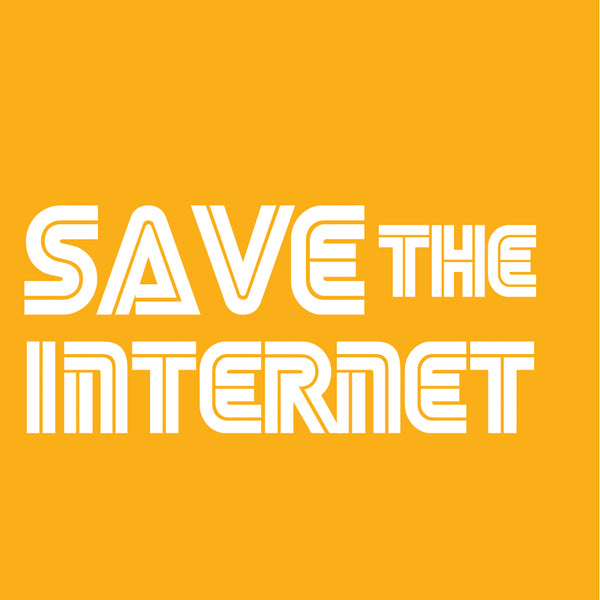
Global Footprint Network: #MoveTheDate
Achieving global sustainability isn’t just about riding bikes and eating veggies. It’s about understanding the science of ecological limits.
The Problem
While most would agree that protecting our environment is important—how can we really know what “protecting” means unless we understand the science behind our current environmental situation, and learn what actions will be most effective to ensuring the planet’s—and subsequently our own—health? The current administration has become known for its efforts to roll back environmental protections that help reverse the effects of climate change on our planet’s health. The administration has enacted many measures—from pulling out of the Paris Climate Agreement, to removing the word “science” from the EPA mission statement, and “climate change” from the Interior Department’s website. Their agenda seems to be to distract us from the science so that we cannot fully understand the impact these rollbacks will have on our planet, and our daily lives—and most importantly, what we need to do to ensure a sustainable future. While it’s irresponsible for the administration to try to hide the science and facts from us, our responsibility as citizens is not simply to be angry, it is to arm ourselves with fact-based knowledge that increases our ability to take effective action against climate change ourselves—despite what the administration does or doesn’t do.
The Solution
We have science-based information that is readily accessible to all. Global Footprint Network’s #MoveTheDate Campaign is launched each year on Earth Overshoot Day: the date when humanity has used more resources than the planet can renew in that year. We provide a science-based understanding of the planet’s ecological limits and motivate people to take effective actions to help protect the planet. The campaign is based on the Ecological Footprint, which uniquely tracks both the planet’s available natural resources and the human demand on those resources - the only integrated sustainability tool in the world that addresses the closely interconnected challenges of climate change and natural resource constraints in a single, easy-to-understand metric. The latest National Footprint Accounts are in Footprint Explorer, our open data platform. These calculations can be scaled to show humanity’s global impact, or the intensity of impact by nation, region, state or city. The Ecological Footprint also helps pinpoint what sustainability actions will be effective. By showing the difference between what we actually use—our consumption habits—and our available resources, it translates complex scientific data and methodology into clear graphic explanations and stories. Individuals use our Footprint Calculator to learn about their personal Earth Overshoot Day. One user said, “I don’t know what carbon looks like, but I know how many planets we have!” By inviting people to take sustainable actions to #MoveTheDate back five days every year, humanity can be living sustainably on the planet before 2050. Funding supports our College Tour to promote #MoveTheDate.
Stage of Development
- Early Stage
- Established Prototype
- Scaling
- Other
Organization to Receive Funds
Global Footprint Network
Find Out More
































Join The Discussion